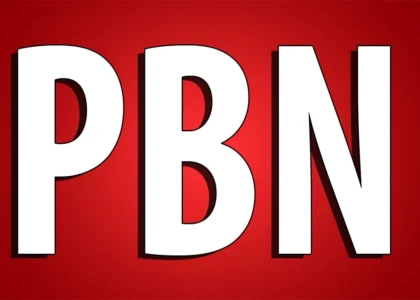When something is labeled free, most of us instinctively raise an eyebrow. Whether it’s a free trial, a free app, or a free bank account, there’s usually an unspoken follow-up: What’s the catch?
In the realm of digital banking, the promise of free has become the new norm. But what does free really mean when it comes to your money?
Let’s unpack the economics behind modern mobile banks — and why platforms like Blackcat are challenging traditional assumptions about banking fees.
The Legacy of Bank Fees
Historically, banks charged for everything:
- Monthly account maintenance
- ATM withdrawals
- Card replacements
- SEPA and SWIFT transfers
- International transactions
And often, these fees weren’t just small — they were buried in complex terms or only revealed when it was too late.
Legacy banking ran on friction. Every interaction had a price, even if you didn’t see it upfront.
The Fintech Disruption: Free as a Feature
Then came the fintech revolution — startups rethinking what banking could look like when rebuilt from scratch. Suddenly, terms like zero monthly fees, no minimum balance, and free international transfers began to dominate user-facing platforms.
But offering services for free isn’t charity — it’s a business model shift.
These platforms cut costs by:
- Eliminating physical branches
- Automating support with chatbots and lean customer teams
- Offering virtual cards before physical ones
- Partnering with crypto and card issuers for revenue-sharing
This means that platforms like Blackcat can afford to provide a lot for free, and still remain sustainable.
You can explore the current blackcat prices to see how this plays out in practice.
Why Users Are Willing to Switch
It’s not just about avoiding fees — it’s about regaining control. When people leave legacy banks for newer alternatives, they’re saying:
- I want to see what I’m paying for
- I want to understand the rules upfront
- I want value from the first tap, not after 12 months
Blackcat’s approach taps into this sentiment by offering a free IBAN account, free card issuance, no monthly service fees, and even crypto integration — with transparent, minimal pricing beyond the core features.
What Are You Really Paying For?
Of course, “free” doesn’t mean “nothing.” You’re paying with your trust, your engagement, and sometimes your optional upgrades.
It’s a value exchange:
- You get free tools for managing your finances
- The platform earns from transactions, optional services, or partner integrations
What matters is clarity. And clarity is where traditional banks have often failed — hiding fees in footnotes and conditional clauses.
That’s why tools like the blackcat prices page are becoming more important than glossy ads. Users now judge banks on how well they communicate costs — not just how low those costs are.
The Bottom Line: Transparency Is the New Currency
In today’s banking landscape, users are more financially literate and skeptical than ever. They don’t just want free. They want to know why it’s free, how it’s free, and what happens when it isn’t.
Platforms that are upfront about their pricing — or lack thereof — are building something stronger than customer acquisition. They’re building trust.
And in the end, trust is the most valuable currency a bank can hold.





